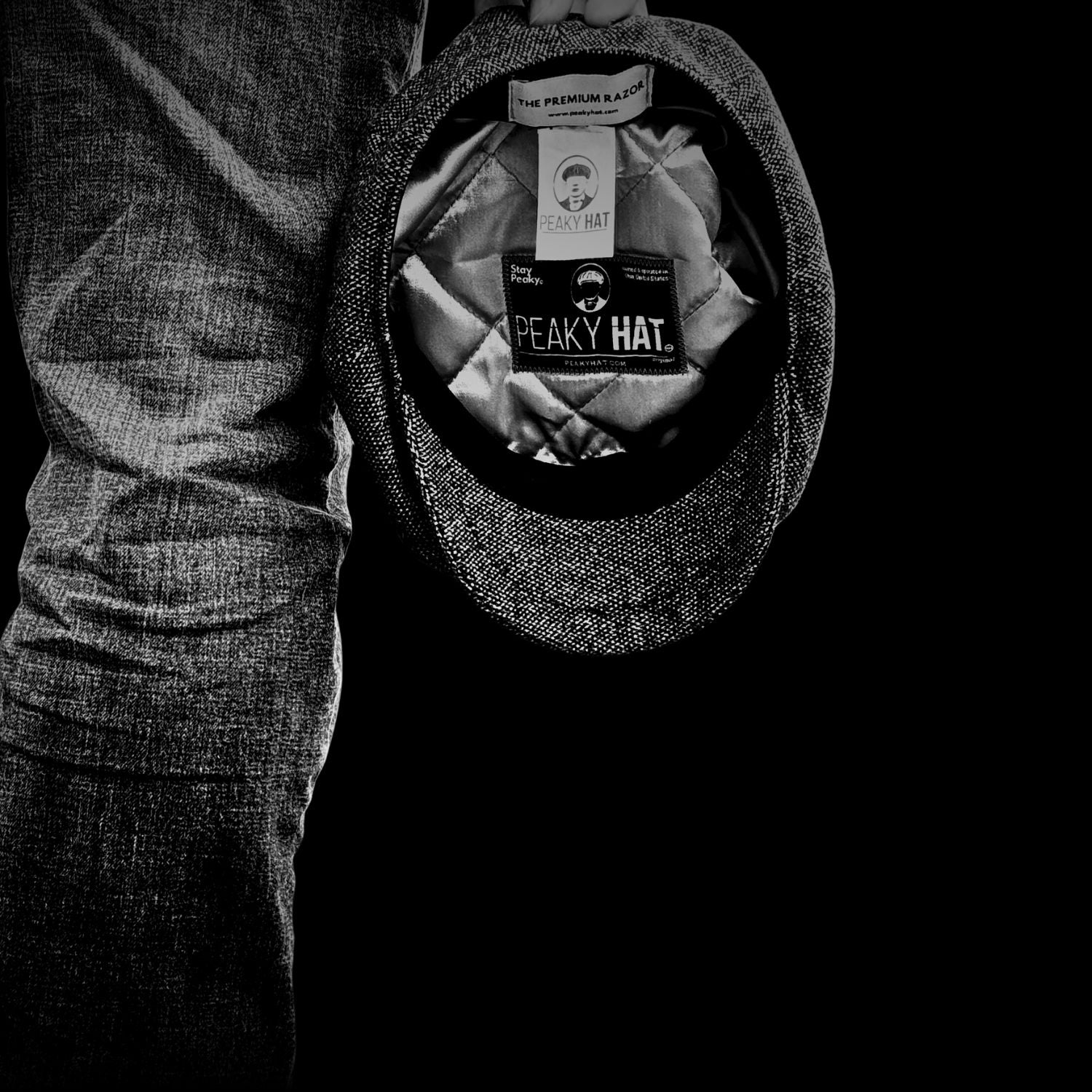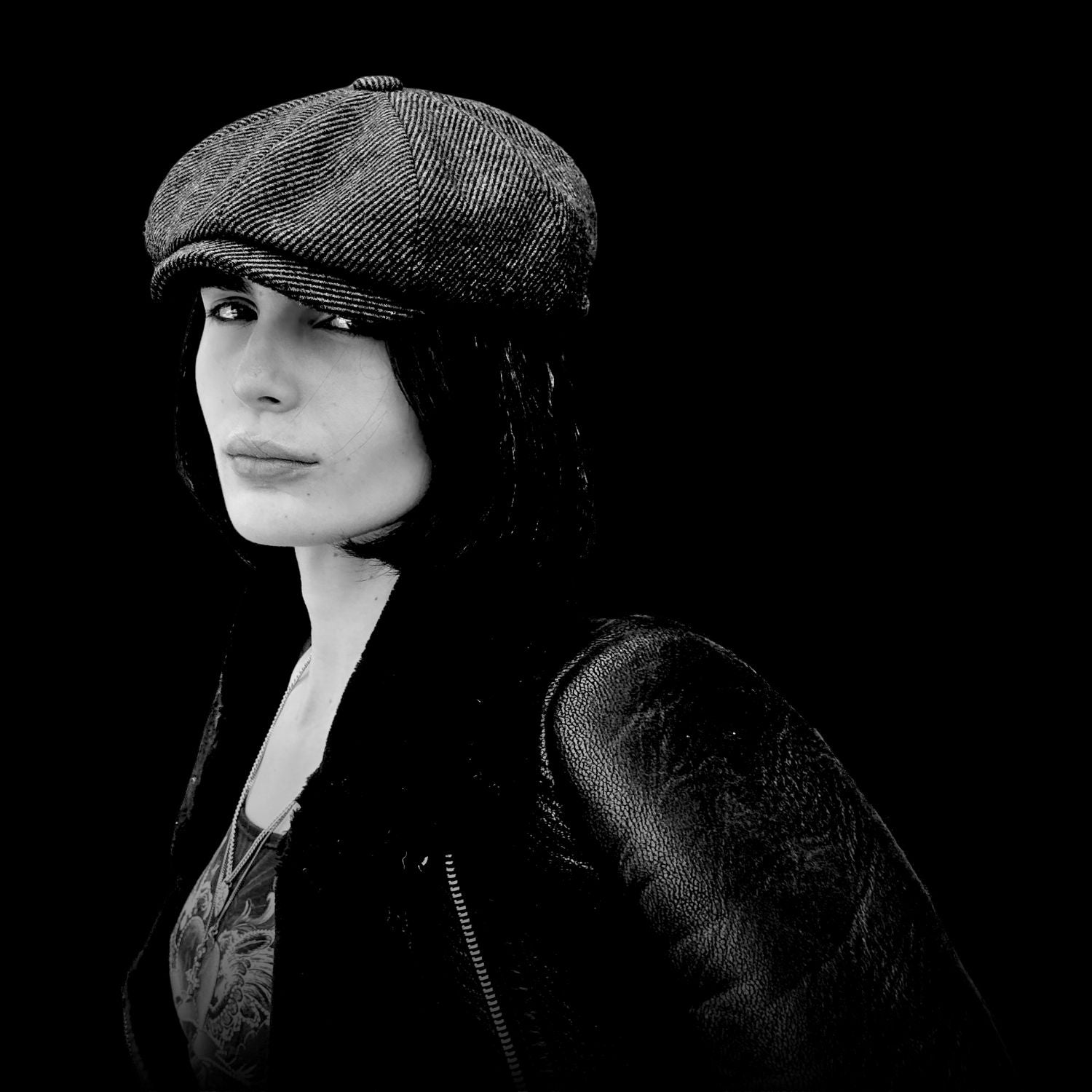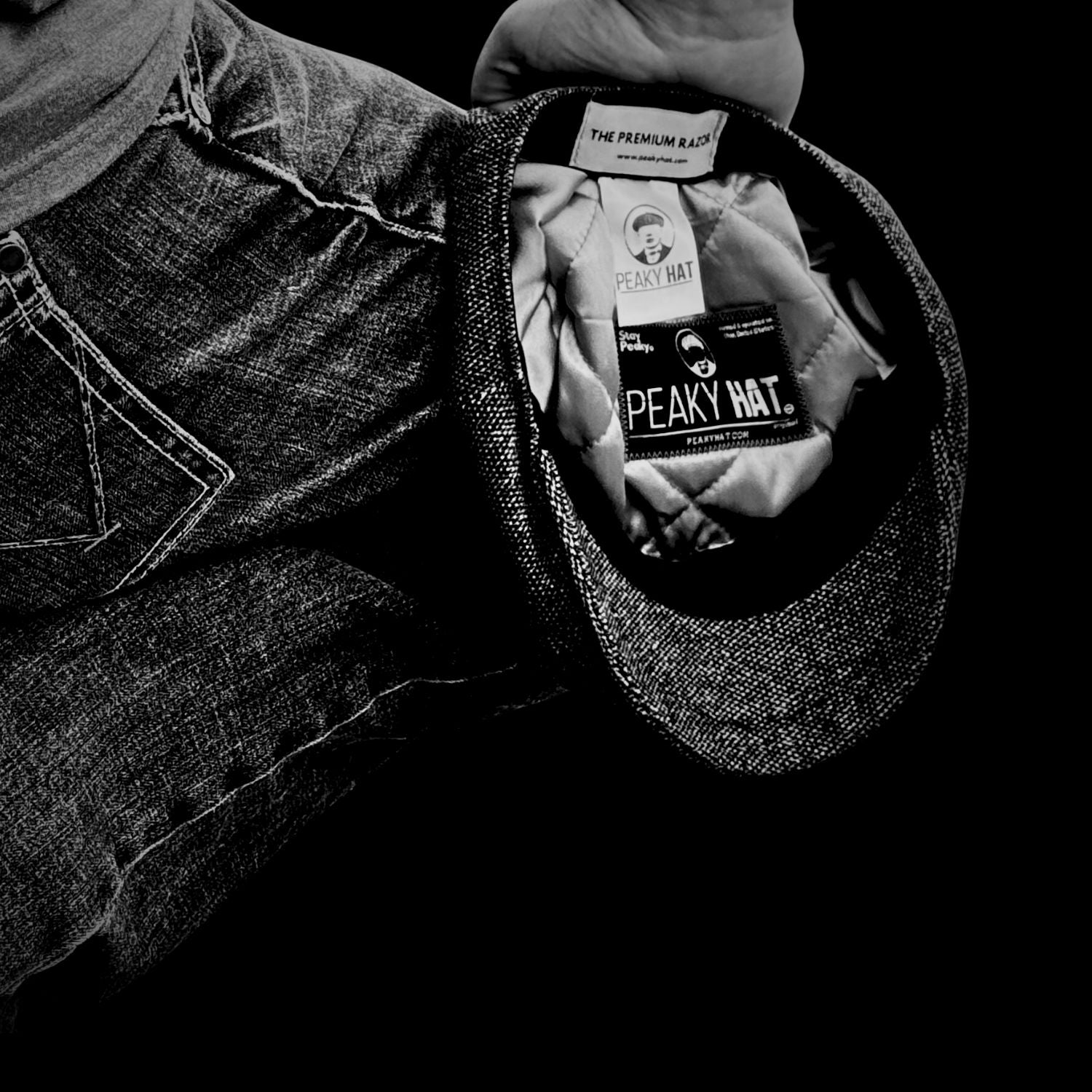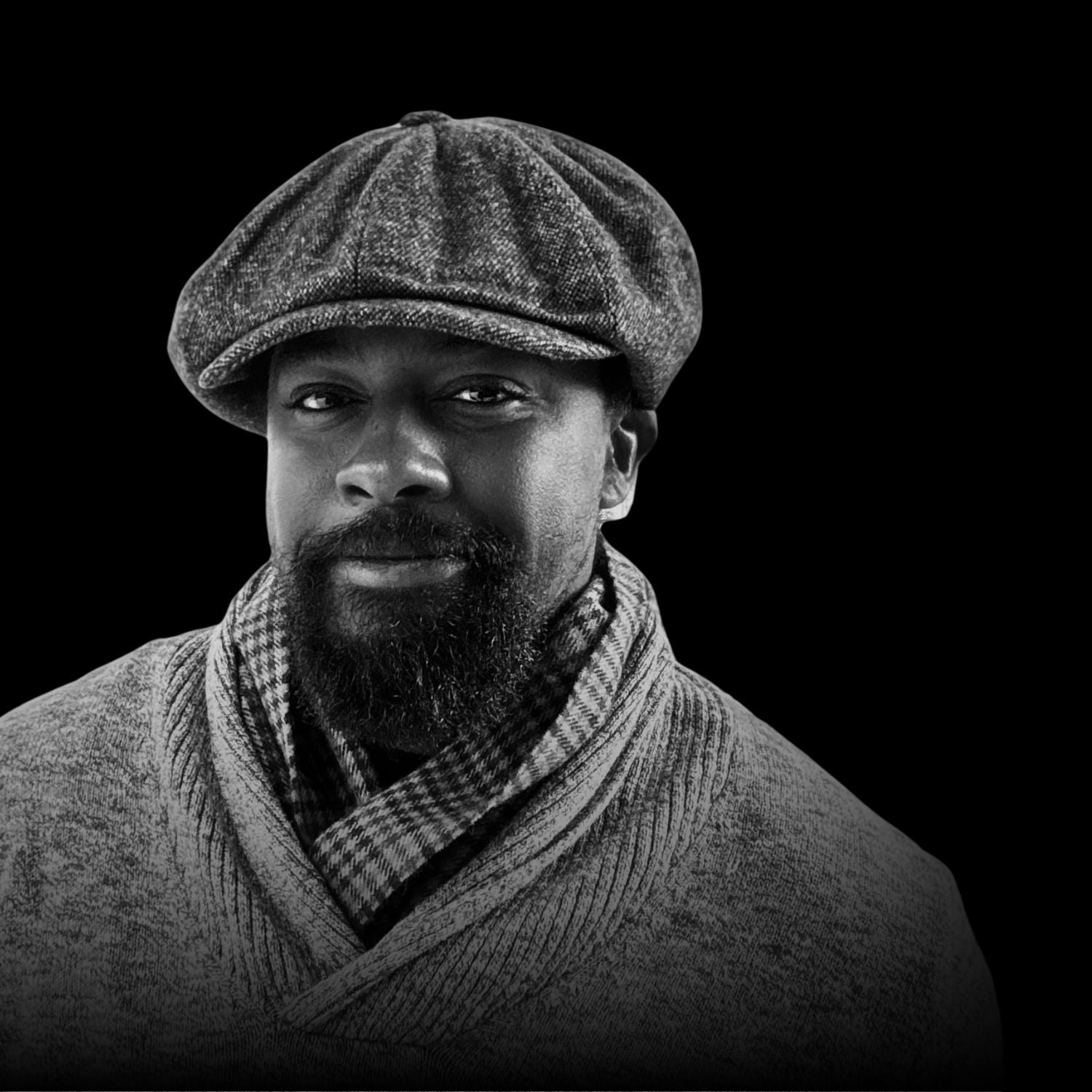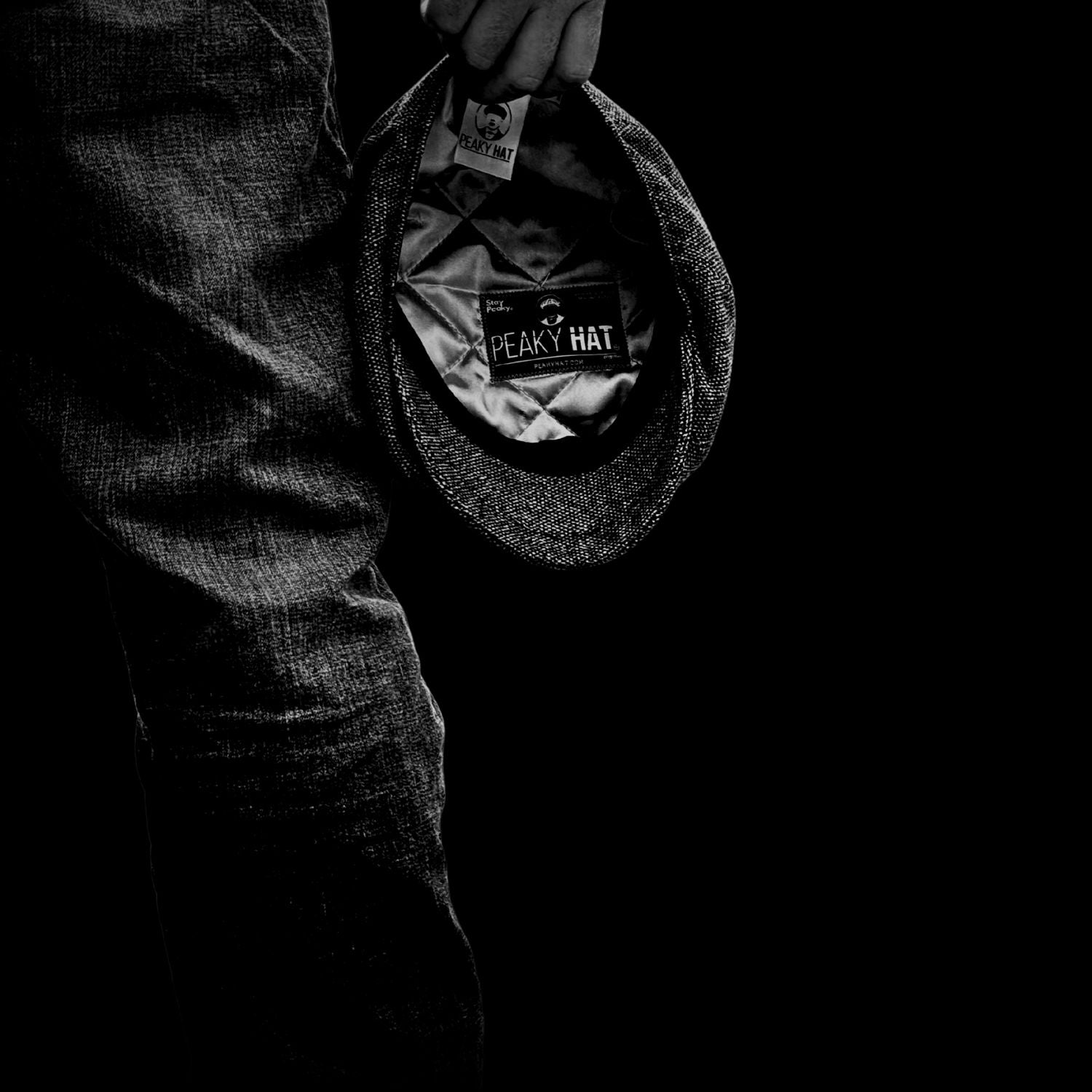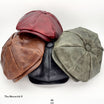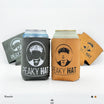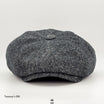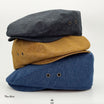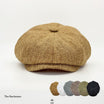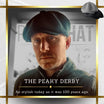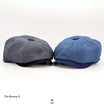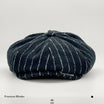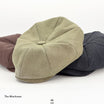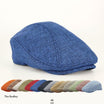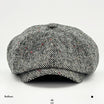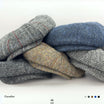The flat cap is one of the few fashion staples that has stood the test of time. It has even risen in the ranks of social class. The flat cap is known by many names and has several variations, including newsboy cap, cabbie, bandit cap, Gatsby, and more. But all encompass the classic appeal that has been carried through the centuries.
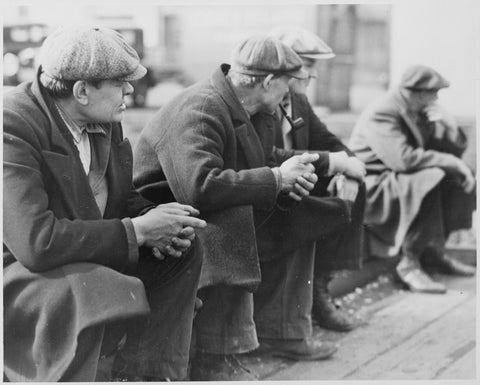
(Row of men at the New York City docks out of work during the depression, 1934 - NARA -)
The Wool Rule
The long history of the flat cap is rooted in regulation but evolved to represent a bit of rebellion. The flat cap was born out of necessity 450 years ago, but not for the reasons you think. It wasn’t created to protect the wearer from rain or sun, but rather from legal fines. In 1571, the Parliament in Northern England imposed a law that required all males over the age of six to wear woolen hats every Sunday and holiday. Any man or child who didn’t follow the law was fined a hefty three farthings.
The Parliament established the rule as an attempt to bolster the wool industry. However, the rule was only enforced among the working class. The wealthier classes preferred hats and bonnets made from silk or velvet and were not fined for ignoring the wool rule. The flat cap then became almost synonymous with the working class. They were particularly popular with the working class in all of Ireland, as well as western and northern England.
Trading Rules for Fashion
The law was abolished after about 30 years, but at that point, boys and men were wearing them voluntarily every day. Perhaps working men grew to like the flat cap because it kept the sun out of their eyes and the sweat off their brow. Or, perhaps they just liked how they looked while wearing it. But, whether for comfort or fashion, the flat cap carried on.
The flat cap started to evolve and become associated with certain trades. Cab drivers’ flat caps evolved into cabbies, bakers’ flat caps into baker boys, and newsboys’ flat caps into, you guessed it, newsboys. All with a unique twist on the traditional flat cap design.
In the 1800s, the newsboy cap took hold. Newsboy caps are rounder and puffier than the stiffer flat cap design, and almost always topped with a button. Newsies weren’t the only ones who liked the design, and the newsboy caps quickly grew in popularity.
The Newsboy Cap Breaks Barriers
The newsboy cap was famously worn by the Peaky Blinders gang, who ruled the streets of Birmingham in the 1890s. This real-life gang inspired the hit Netflix series by the same name, as well as our brand, Peaky Hats. While Peaky Hats doesn’t condone the actions of the Peaky Blinders gang, they undeniably left their mark on the newsboy cap. It became a symbol of power, fearlessness, and self-confidence. And now, that mark speaks to the little rebel in all of us.
Within a few decades, the newsboy cap was no longer only associated with the working class and the Peaky Blinders gang. By the 1920s, it had made its way into the upper echelons as well. Granted, the wealthy wearers of the newsboy cap purchased expensive tweed versions. But they were newsboy caps nonetheless.
Today, the flat cap and its derivatives still represent their working-class roots but is worn by a range of people. Rich or poor, man or woman, young or old, the flat cap has made its way to heads across the world. It has become a universal hat that, quite frankly, makes everyone look good.
Do you have a newsboy cap that represents your inner rebel? Get your Peaky Hat today.


